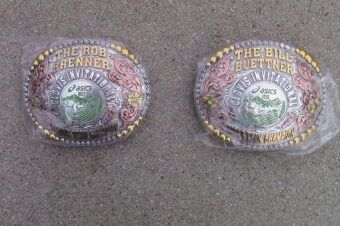

Can Little League Shoulder and Elbow Hurt Your Pitch?
High School Baseball/SoftballLEVELUP INSIDERSMore Sports February 13, 2012 Mo Mortazavi 0

How Pitcher’s Shoulder and Elbow Hurt
Arm/Shoulder Care | Dr. Mo Mortazavi
Baseball throwing injuries in young athletes are one of the most common pediatric overuse injuries. Consequently, 30 to 50 percent of all youth baseball players suffering from this in their career. The incidence continues to rise as organized youth sport grows and intensifies.
Since the pediatric athlete is still skeletally immature, these injuries most commonly involve growth plates of the shoulder and elbow. These growth centers are made of cartilage that is growing into bone. As a result, they are fragile and vulnerable to recurrent traction forces of overhead throwing.
Baseball pitchers most commonly have these injuries. Infielders, catchers, outfielders as well as football quarterbacks and tennis players also see these injuries.
Little Leaguer’s Shoulder (LLS) and Little Leaguer’s Elbow (LLE) are the most common injuries seen in kids ages 9 to 14. Other injures from throwing overuse include labral tears in the shoulder joint, rotator cuff strains and sprains. Also, osteochondritis dissecans of the lateral elbow, tears of the ulnar collateral ligament (UCL), and ulnar nerve injuries, which are more commonly seen in athletes 14 and older.
Affected athletes report: Gradual onset of pain in the shoulder or elbow, a history of weaker or less-accurate throws and sports participation history consistent with overuse
The number of teams and seasons per year, throwing history (including pitch count, number of practices and games) and any recent changes in throwing techniques are important risk factors for injury.
DIAGNOSIS AND TREATMENT
Diagnosis is usually based on clinical exam. Athletes complain of focal pain in the area of injury and can exhibit limited range of motion.
Radiographs are useful for ruling out abnormalities such as fractures, growth plate irregularities, tumors and infections. In the early stages, radiographs typically look normal. But widening of the growth plate and even an avulsion are not uncommon with higher-grade injuries. MRI is rarely necessary to confirm the diagnosis of LLE or LLS unless there are concerns for other injuries.
Treatment of LLE and LLS consists of restricting all throwing activities and controlling symptoms with ice and anti-inflammatories. Initiating physical therapy early greatly benefits most and is recommended. The initial treatment phase involves initiation of range-of-motion exercises. Also it includes joint mobilizations as necessary to prevent joint contractures. One should encourage general conditioning and core strengthening. Use gradual strengthening when tolerated.
Physical therapy should also address the athlete’s throwing mechanics. This should decrease load forces on the growth plate and vulnerable structures of the shoulder and elbow. When athletes are pain-free with full range of motion and near full strength, athletes should begin an interval-throwing program. Then they can gradually increasing their throwing distance, velocity and repetitions.
One critical component of rehabilitation is that return to play is conservative and gradual. Potential complications of early return to play include worsening symptoms, abnormal bone development, or an avulsion injury. If treatment starts early and there are no associated injuries surgical treatment is rarely needed.
WHAT’S THE COUNT?
These are the generally-accepted maximum pitch count recommendations for youth baseball.
Age Pitches/Game
7-8 50
9-10 75
11-12 85
13-16 95
17-18 105
Dr. Mo Mortazavi is pediatric sports medicine physician for the UC Davis Children’s Hospital.
[bsa_pro_ad_space id=19]









No comments so far.
Be first to leave comment below.